Where is South Africa?
About South Africa
The Land
The People
Life and Death
Health, Energy and the Environment
Education and Work
Travel, Communication and the Media






Back to the Flags of Africa page

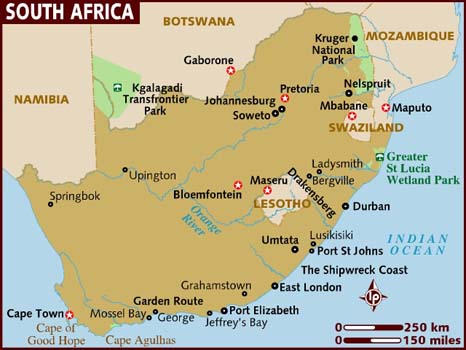


South Africa is a vast country in southern Africa.
South Africa borders the Atlantic Ocean and the Indian Ocean.
The land is a vast interior plateau, ringed by hills with a narrow coastal plain.
The geographical coordinates for the centre of South Africa, also known as lines of latitude and longitude, are:-
Latitude - 29 00S
Longitude - 24 00E
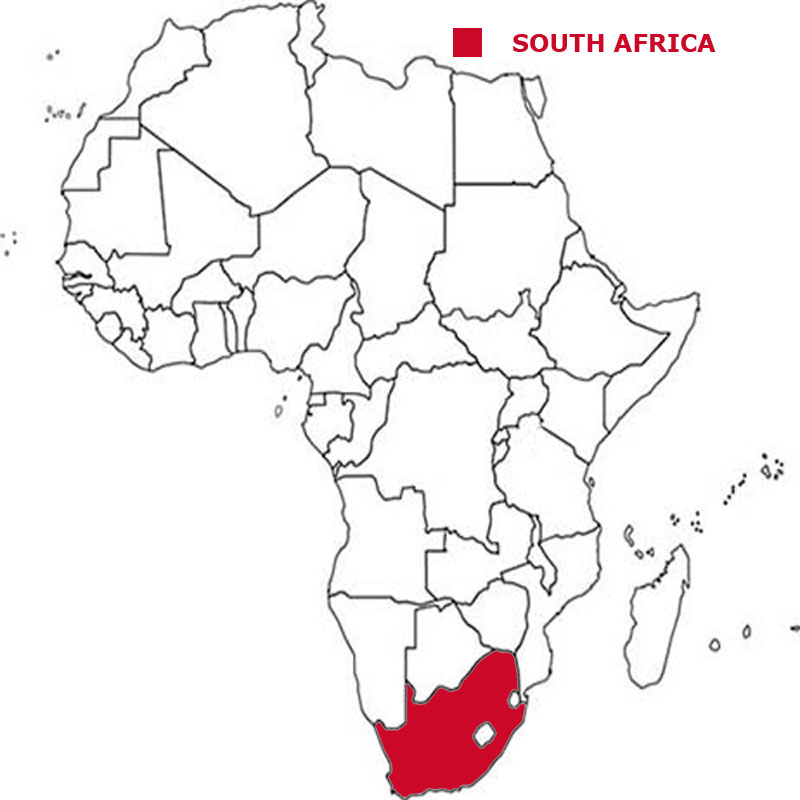

Check the weather in Pretoria now.
This is the time in Pretoria now
 The South African flag is two equal width horizontal stripes of red, at the top, and blue separated by a central green band that splits into a horizontal Y,
the arms of which end at the corners of the flag pole side. Inside the Y is a black isosceles triangle from which the arms are separated by narrow yellow bands.
The red and blue stripes are separated from the green band and its arms by narrow white stripes. The Y represents the "convergence of diverse elements within
South African society.
The South African flag is two equal width horizontal stripes of red, at the top, and blue separated by a central green band that splits into a horizontal Y,
the arms of which end at the corners of the flag pole side. Inside the Y is a black isosceles triangle from which the arms are separated by narrow yellow bands.
The red and blue stripes are separated from the green band and its arms by narrow white stripes. The Y represents the "convergence of diverse elements within
South African society.
South Africa is a parliamentary republic with a president as head of state and head of the government.
In elections everyone over the age of 18 can vote.
The currency in South Africa is the rand. South Africa is a member of the Commonwealth.
isiZulu, isiXhosa, Afrikaans, Sepedi, Setswana, English, Sesotho, Xitsonga, siSwati, Tshivenda and isiNdebele are the official languages.
Hear the National Anthem
These are the anthem words
We have already written our own history of England but are asking schools in South Africa to provide us with a detailed history of
their own country. Check how here.
![]()
![]() Back to the top
Back to the top

The total land area of South Africa is 1,214,470 sq kms which is the 9th largest in Africa.
South Africa has lakes, rivers and canals which total 4,620 sq kms.
South Africa has boundaries with 6 countries
- Botswana 1,969 kms
- Lesotho 1,106 kms
- Namibia 1,005 kms
- Mozambique 496 kms
- eSwatini 438 kms
- Zimbabwe 230 kms
South Africa has a coastline of 2,798 kms which is the 3rd longest in Africa.
The highest point in South Africa is Njesuthi at 3,408 metres.
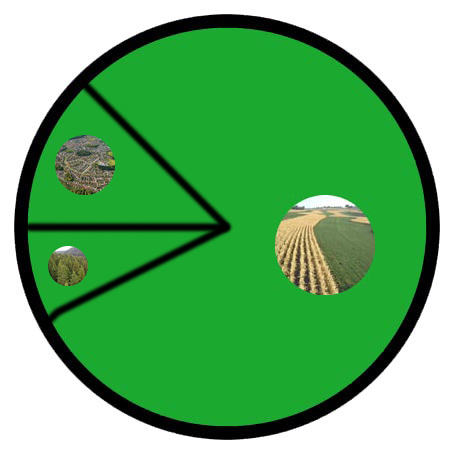

The total population of South Africa is 55.38 million people, making it the 5th largest country in Africa by population.
Of this number 27.99 million are females and 27.39 million are males.
A person from South Africa is called a South African.
To be a citizen of South Africa, one of your parents must be a citizen of South Africa. It is not sufficient to be born in South Africa. You have to live in South Africa for
1 year before you can begin to apply for citizenship.
The largest five cities in South Africa, by population are:-
- Cape Town 3,433,441 people
- Durban 3,120,282
- Johannesburg 2,026,469
- Soweto 1,695,047
- Pretoria 1,619,438
 Each little Owlbut is 1 person and
the big yellow rectangle is 1 sq km. After a while you can compare countries and see which ones are the most crowded. Remember it is only an average as
more people live closer together in towns and cities than in villages out in the country.
Each little Owlbut is 1 person and
the big yellow rectangle is 1 sq km. After a while you can compare countries and see which ones are the most crowded. Remember it is only an average as
more people live closer together in towns and cities than in villages out in the country.
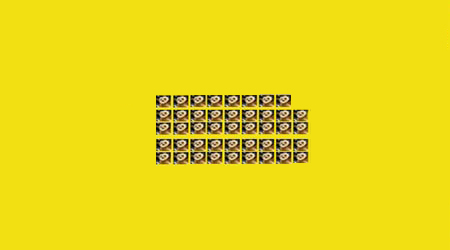
66.4% of the people live in cities or towns.

The birth rate in South Africa is 19.9 births per 1,000 of population
The death rate in South Africa is 9.3 deaths per 1,000 people.
Check this against the birth rate. If the death rate is higher than the birth rate then
the population will decrease unless immigrants arrive in the country.
There are 26.5 deaths of girls under 1 year per 1,000 of births and 33.2 deaths of boys.
The median age for females is 27.6 and for males is 27.2. The median age is that age which divides the population exactly in half so there are the same number
of people above the median age as below it.
We have no figures for the average age of a woman when she has her first child.
The elderly dependency ratio is 7.7. This is the number of elderly people (ages 65+) per 100 people of working age (ages 15-64).
The potential support ratio is 12.9. This is the number of working-age people (ages 15-64) per one elderly person (ages 65+). As a population ages, the potential support ratio tends to fall, meaning there are fewer potential workers to support the elderly.
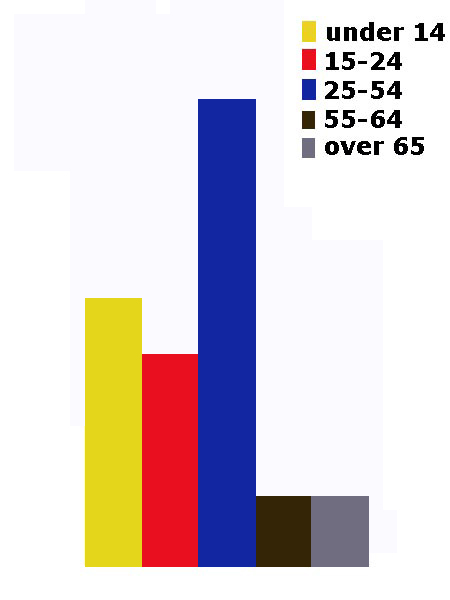
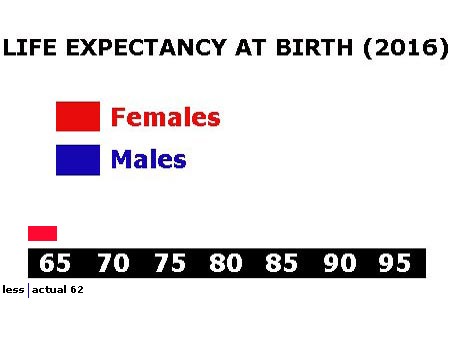

South Africa spends 8.8% of its total income on health care.
There are 0.91 doctors per 1,000 people.
We have no figures for the number of hospital beds per 1,000 people.
28.3% of the population are estimated as obese.
99.6% of the urban population and 81.4% of the rural population have drinking water that is either piped into their home or they have access to a public tap, a protected borehole, well, spring or
protected rainwater collection facility.
69.6% of the urban population and 60.5% of the rural population have access to a flushing toilet that is connected to a sewer, a pit latrine (that is a
permanent hole in the ground that is looked after) or a composting toilet.
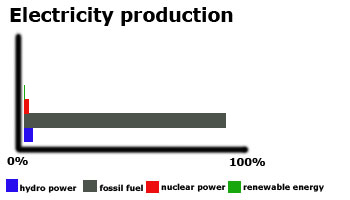
South Africa releases 482.0 million metric tons of carbon dioxide by burning fossil fuels in the process of producing and consuming energy. This puts it as the highest in Africa.

South Africa spends 6.1% of its total income on education.
Children usually start school at age 7 in South Africa. Primary education is for seven years until age 14 and secondary education must continue till 16 but can go on to 18/19. This may be followed
by further education at a university or college.
Generally the school year consists of 4 terms and starts in the first week of January and finishes at the beginning of December. There is usually a 2 week
break at the end of March, 3 week break in the middle of June and a 1 week break at the end of September.
93.4% of females and 95.4% of males are able to read and write by the age of 15.
53.4% of all people aged between 16 and 24 are not in work. Among females 58.8% are unemployed while with males 49.2% can't find work.
The total number of people available for work in South Africa is 22.19 million.
 They work in the following sectors.
They work in the following sectors.
- Agriculture includes farming, fishing and forestry work
- Industry includes mining, manufacturing, construction and energy workers
- Services is everything else

There are 144 paved airports in South Africa, which is the highest number in Africa.
![]()
There are 20,986 kilometres of railways in South Africa, the longest in Africa.
![]()
There are 750,014 kilometres of roads in South Africa, which means South Africa is in first place for the most kilometres of roads in Africa.
![]()
There are 3 major national newspapers in South Africa.
There are 91.88 million mobile phone users.
39% of the people have a fixed landline.

29.32 million people have access to the internet at home via any device (computer or mobile).


